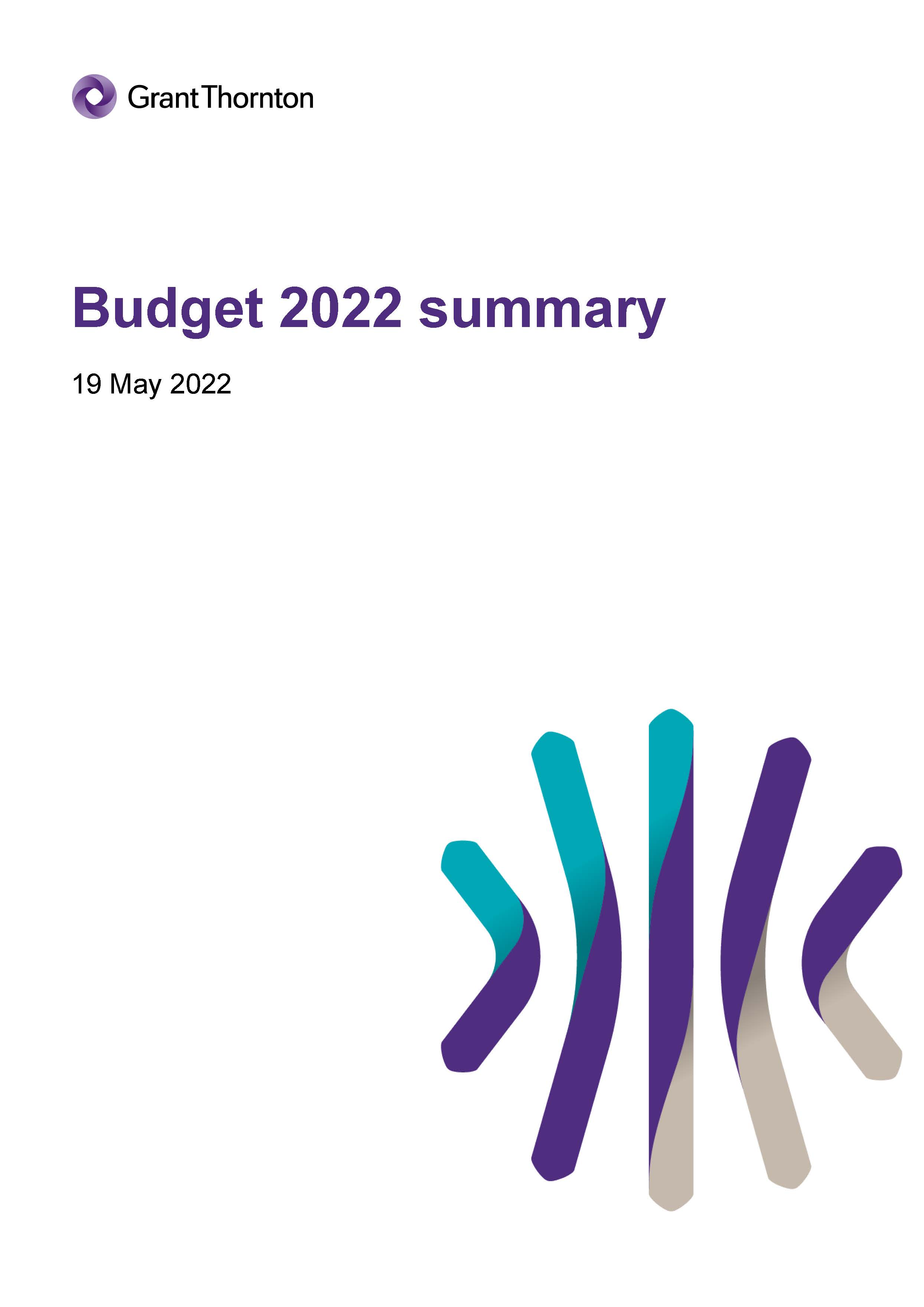-
Compliance and audit reviews
From mandates, best practice procedures or accreditations, to simply gaining peace of mind, our technical and industry experts have you covered.
-
External audit
Strengthen business and stakeholder confidence with professionally verified results and insights.
-
Financial reporting advisory
Deep expertise to help you navigate New Zealand’s constantly evolving regulatory environment.
-
Corporate tax
Identify tax issues, risks and opportunities in your organisation, and implement strategies to improve your bottom line.
-
Indirect tax
Stay on top of the indirect taxes that can impact your business at any given time.
-
Individual tax
Preparing today to help you invest in tomorrow.
-
Private business tax structuring
Find the best tax structure for your business.
-
Tax disputes
In a dispute with Inland Revenue or facing an audit? Don’t go it alone.
-
Research & development
R&D tax incentives are often underused and misunderstood – is your business maximising opportunities for making claims?
-
Management reporting
You’re doing well, but could you be doing even better? Discover the power of management reporting.
-
Financial reporting advisory
Deep expertise to help you navigate New Zealand’s constantly evolving regulatory environment.
-
Succession planning
When it comes to a business strategy that’s as important as succession planning, you can’t afford to leave things to chance.
-
Trust management
Fresh perspectives, practical solutions and flexible support for trusts and estate planning.
-
Forecasting and budgeting
Prepare for every likely situation with robust budgeting and forecasting models.
-
Outsourced accounting services
An extension of your team when you need us, so you can focus your time, energy and passion on your business.
-
Setting up in New Zealand
Looking to set up a business in New Zealand? You’ve come to the right place.
-
Policy reviews & development
Turn your risks into strengths with tailored policies that protect, guide and empower your business.
-
Performance improvement
Every business has untapped potential. Unlock yours.
-
Programme & project management
Successfully execute mission-critical changes to your organisation.
-
Strategy
Make a choice about your vision and purpose, where you will play and how you will win – now and into the future.
-
Risk
Manage risks with confidence to support your strategy.
-
Cloud services
Leverage the cloud to keep your data safe, operate more efficiently, reduce costs and create a better experience for your employees and clients.
-
Data analytics
Use your data to make better business decisions.
-
IT assurance
Are your IT systems reliable, safe and compliant?
-
Cyber resilience
As the benefits technology can deliver to your business increases, so too do the opportunities for cybercriminals.
-
Virtual asset advisory
Helping you navigate the world of virtual currencies and decentralised financial systems.
-
Virtual CSO
Security leadership and expertise when you need it.
-
Debt advisory
Raise, refinance, restructure or manage debt to achieve the optimal funding structure for your organisation.
-
Financial modelling
Understand the impact of your decisions before you make them.
-
Raising finance
Access the best source of funding for your business with a sound business strategy and rigorous planning.
-
Business valuations
Valuable decisions require valued insights.
-
Complex and international services
Navigate the complexities of multi-jurisdictional insolvencies.
-
Corporate insolvency
Achieve fair and orderly outcomes if your business – or part of it - is facing insolvency.
-
Independent business review
Is your business viable today? Will it be viable tomorrow? Give your business a health check to find out.
-
Litigation support
Straight forward advice from trusted advisors to support litigation and arbitration matters, expert determinations and other specialist hearings.
-
Business valuations
Valuable decisions require valued insights.
-
Forensic accounting & dispute advisory
Understand the true values, numbers and dollars at stake, as well as your obligations and rights to ensure value is preserved and complexities are managed.
-
Expert witness
Our expert witnesses analyse, interpret, summarise and present complex financial and business-related issues which are understandable and properly supported.
-
Investigation services
A fast and customised response when misconduct occurs in your business.
Budget 2022: A secure future
As expected, the cost of living and impacts of increasing inflation were high on the agenda in this year’s Budget.
Key highlights and initiatives
Business growth fund
The Government plans to invest $100 million over the coming year to establish a business growth fund. The fund will acquire minority shareholdings in small and medium-sized businesses that want extra funds to expand. As an active investor in small businesses, it will also provide wrap around support and networking opportunities, as well as access to growth capital.
If banks consider equity finance to be more appropriate than debt finance, they can refer businesses to this fund.
Minister for Small Business, Stuart Nash said the concept behind the business growth fund, which will see the Government invest in small businesses alongside banks, has been tried successfully in the UK, Canada, Ireland and Australia.
Housing
House price caps will be abolished for first home loans.
House price caps on first home grants have been increased in most major cities including Auckland, Hamilton, Tauranga, Wellington, Christchurch and Queenstown.
An affordable housing fund will be established to help those who can’t access public housing. Housing Minister, Megan Woods says the $350 million fund will leverage partnerships with investors, philanthropic organisations, developers, and the affordable housing sector to expand the range of housing options for people whose needs are not currently being met by the market.
The first stage of the fund would offer $50m worth of grant funding to not-for-profit organisations to deliver affordable rental housing in Auckland, Tauranga, Rotorua, Napier/Hastings, Wellington and Nelson/Tasman
Health
With the establishment of Health NZ and the Māori Health Authority, the single biggest year-on-year boost to health spending has designated an extra $13.2 billion over the next four years. Specific areas for these funds include:
- about half a billion to pay down DHB deficits as they are moved into the nationalised models
- $76m over the next four years to boost the primary healthcare workforce by thousands
- new health commitments including a boost in funding for Pharmac, new paramedics, ambulances and emergency helicopters
- increased funding for community healthcare
- increasing the level of MSD dental grants from $300 per person to $1,000
Transport
Fuel tax cuts of 25c per litre and half-price public transport which were introduced earlier this year in response to sky-rocketing fuel prices have been extended for a further two months, taking them through to August 2022. Discounts to diesel road user charges have also been extended for the same period
Cost of living payments
The headline grabbing announcement for this year’s Budget is a one-off cost-of-living payment to be made to New Zealanders who earned an annual income last year of less than $70,000. This will be a total tax-free payment of $350 per person split between three monthly instalments, and paid automatically by IRD, starting in August. The Government believes about 2.1 million people will receive the cost-of-living payment.
To be eligible for this a person must:
- be over 18 years
- have earned less than $70,001 in the 2021/22 tax year.
- not be receiving a main benefit like the jobseeker allowance or superannuation.
- not already be eligible to receive the winter energy payment (which is higher for an individual ($450), or the same ($700) for a couple).
Living costs
- 26,500 more insulation and heating retrofits will be provided for low-income homeowners through the extension of the Warmer Kiwi Homes programme.
- New legislation going through the House urgently intends to "remove barriers" to new retailers entering the grocery market. The Minister states that the new rules will stop supermarkets from blocking competition accessing land to open new stores.
Treasury predictions
Treasury release a range of economic predictions alongside the Budget every year. Most notable among this year’s predictions are:
- Inflation is forecast to peak around 6.9% in the middle of this year before easing to 5.2% in 2023 and dropping to below 3% by 2026
- Unemployment dropping down to 3% in 2022, before slowly starting to grow again towards 4.8% by the end of 2025
- High wage growth through 2023, so much so that wages will once again grow faster than costs from early 2023. They have been growing slower since the September quarter last year. This statement is qualified by an expression of uncertainty about the ongoing worldwide inflationary pressures arising from the Russian invasion of Ukraine
- House prices are forecast to drop by 2.5% in 2023, after an estimated rise of 5.8% this year. The forecast then sees a 0% change in 2024, before it increases by 1.7% in 2025 and 1.9% in 2026

